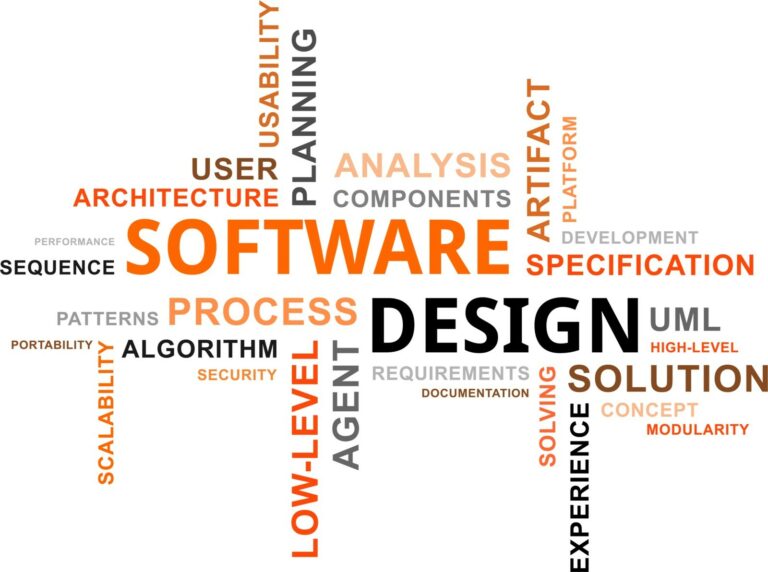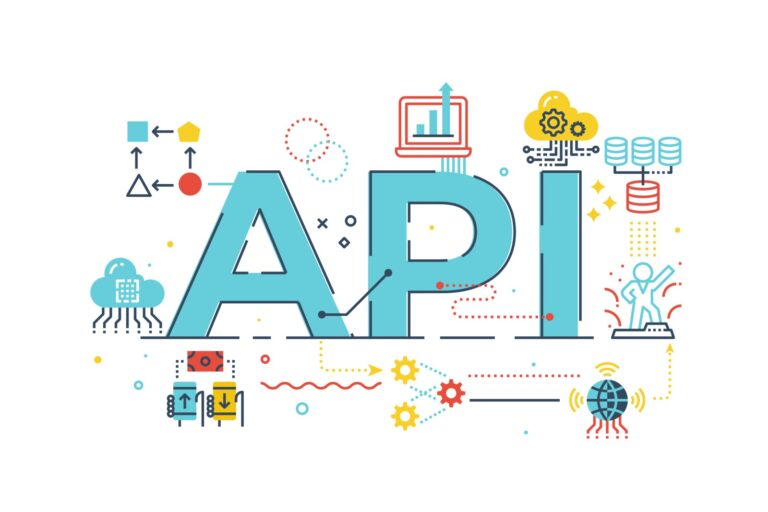In the ever-evolving landscape of enterprise application development, selecting the right framework can be the pivotal decision that sets a project on the path to success. Among the myriad of choices, the Spring Framework stands out as a beacon for enterprise applications. As an experienced Java and Spring engineer, I’ve witnessed firsthand the transformative impact of Spring in the enterprise arena. In this blog, we’ll explore why the Spring Framework is often the preferred choice for enterprise applications.
Comprehensive and Modular Architecture
One of Spring’s greatest strengths is its comprehensive yet modular architecture. It provides a wide array of functionalities through its modules, such as Spring MVC for web applications and Spring Batch for batch processing. This modularity means that enterprises can pick and choose only what they need, leading to a cleaner, more efficient application without the bloat of unnecessary features.
Simplified Data Access
Data is the lifeblood of enterprise applications, and Spring offers a seamless way to interact with it. Whether it’s JDBC or JPA, Spring simplifies data access and transaction management, reducing the boilerplate code significantly. The Spring Data project further streamlines repository support, making it easier to connect with various databases and data stores.
Robust Transaction Management
Transaction management is critical in enterprise applications, and Spring excels in this area. It provides a consistent programming model across different transaction APIs like JTA and JDBC. This not only ensures data integrity but also simplifies the developer’s task in handling complex transaction scenarios.
Powerful Dependency Injection
At the core of Spring is its sophisticated Dependency Injection (DI) mechanism. DI in Spring allows for loose coupling and easier testability, which are crucial for scalable enterprise applications. This leads to cleaner code and a more flexible system that can adapt to changing business requirements.
Excellent Integration Capabilities
Spring’s ability to integrate seamlessly with other technologies is a major boon. It plays well with various platforms, including legacy systems, which is often a requirement in enterprise settings. Whether it’s integrating with .NET services or connecting with JMS, Spring handles it with ease.
Excellent Support for Microservices Architecture
The trend towards microservices in enterprise applications is undeniable, and Spring Boot and Spring Cloud offer an excellent foundation for building microservice-based systems. They provide essential tools for developing, deploying, and managing microservices, making the journey to a distributed architecture much smoother.
Strong Security Features
Security is paramount in enterprise applications, and Spring Security provides a robust security framework. It handles authentication and authorization seamlessly, protecting applications against common vulnerabilities.
The Spring Framework is more than just a tool for building enterprise applications; it’s a comprehensive solution that addresses a myriad of challenges faced by enterprises today. Its robustness, flexibility, and scalability make it an ideal choice for businesses looking to build efficient, secure, and maintainable applications. As the tech world continues to evolve, Spring remains a steadfast ally for enterprises navigating the complex waters of application development.
Remember, the right framework can be the difference between a good application and a great one. And in the realm of enterprise applications, Spring undoubtedly helps tilt the scales towards greatness.



